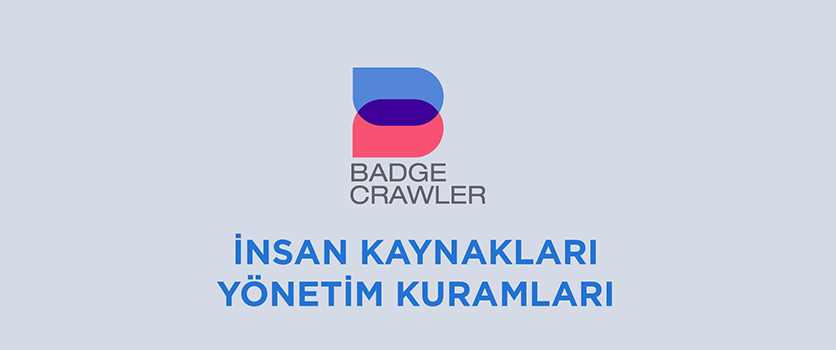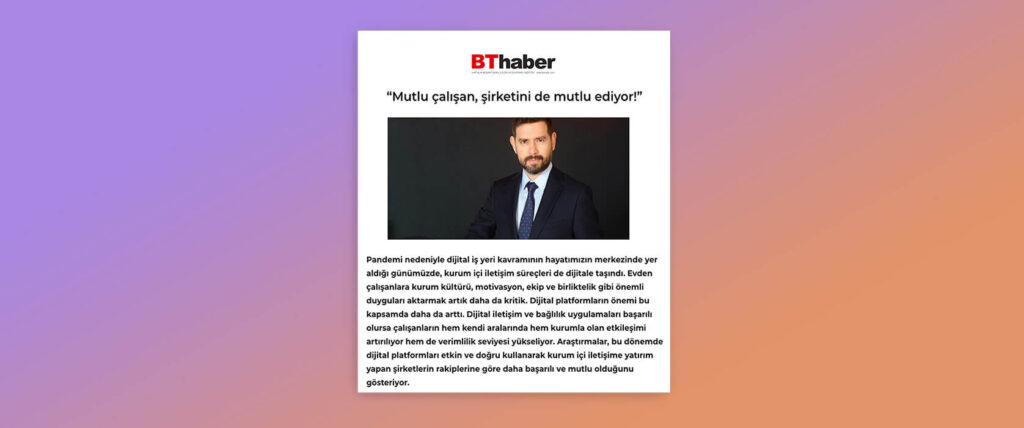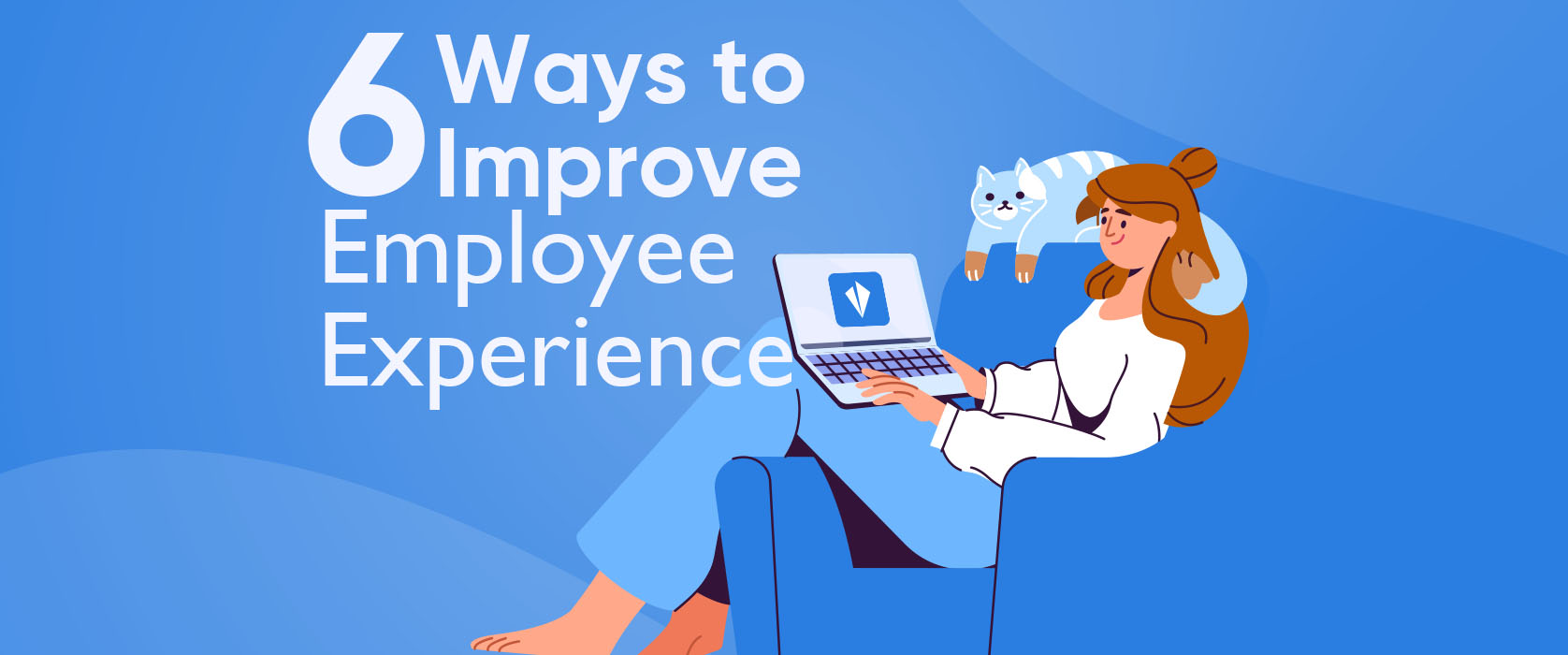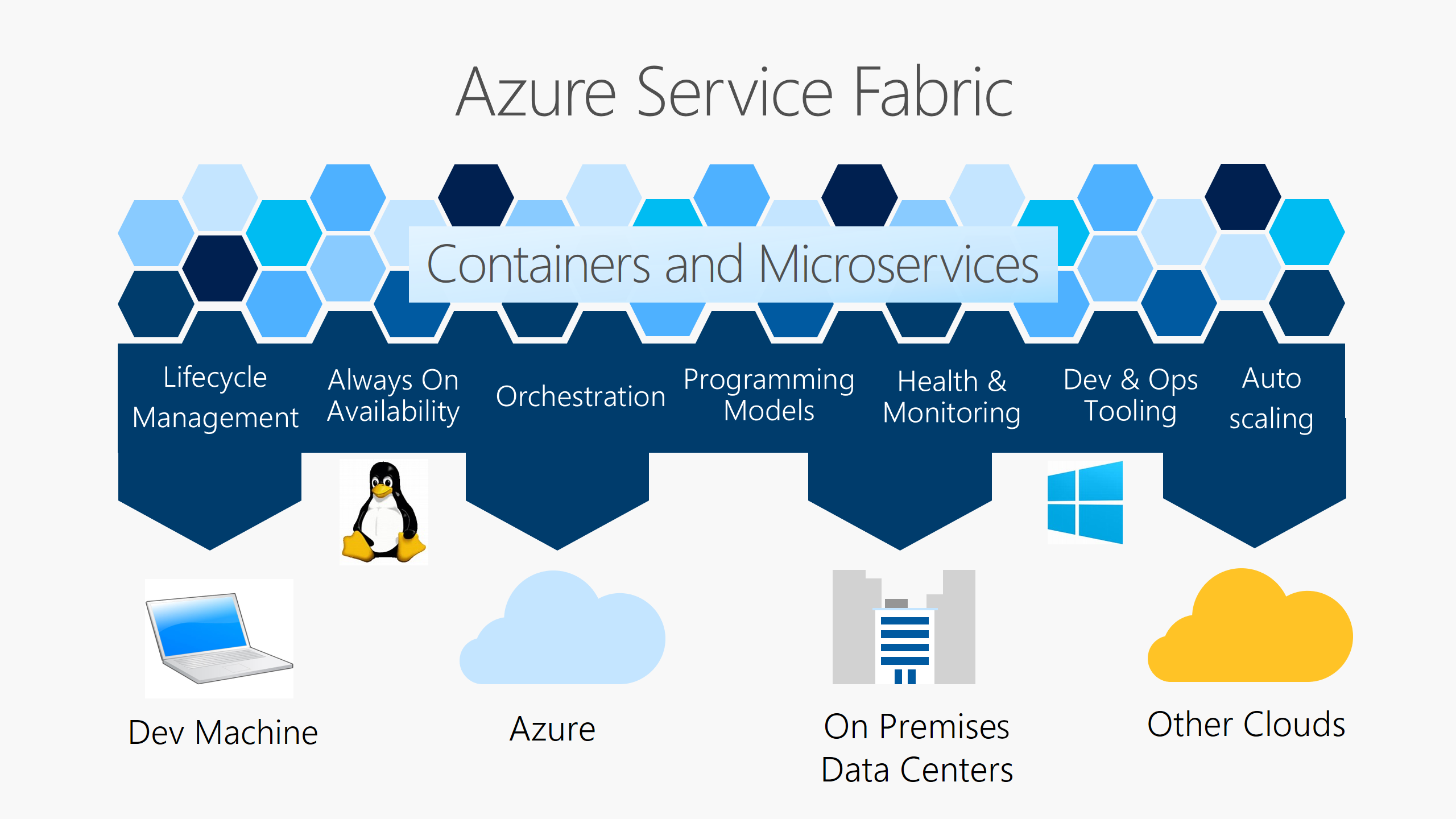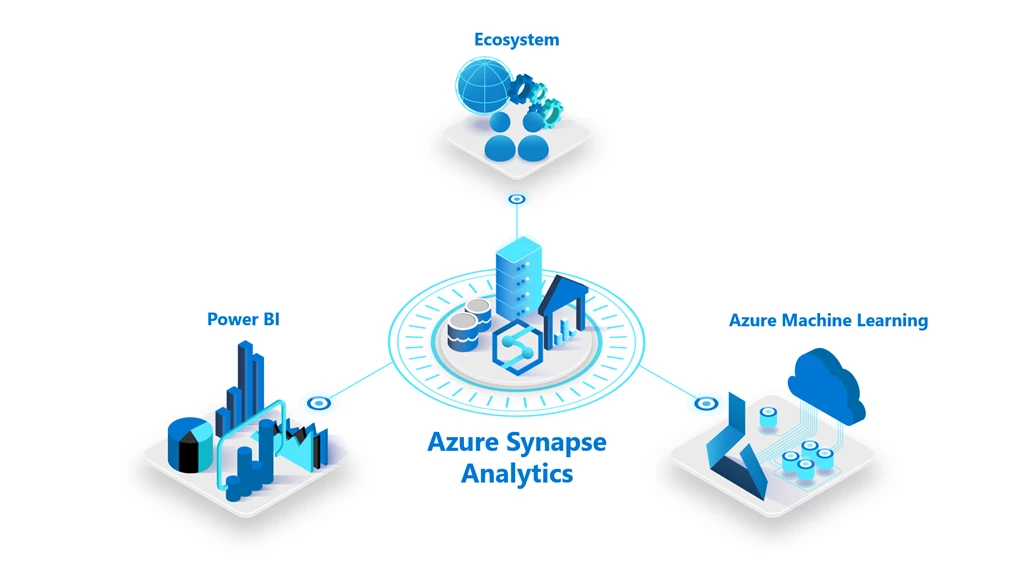The concept of Human Resources, which has emerged with the Industrial Revolution, has reached an important point for the existence of companies with the development of the industry and economic life. Human Resources management is an approach that focuses on the creation, development and maintenance of employee resources and maximizing the productivity of both employees and companies. We can briefly summarize the reason for the existence of the human resources department of the companies as follows:
It increases the quality of the working environment by regulating the relationship that employees establish with the working environment. Maximizes productivity and profits. Helps employees to easily adapt to changes. Helps to motivate employees and achieve company goals. Defines the value of the employee and contributes to this value. Creates and nurtures team spirit and corporate loyalty. Contributes to the resolution of internal conflicts by working as an advisory body. Contributes to strengthening the image of companies in the market. [1]
1 – Standard Human Resources Model
This model is derived from the approaches that emerged in the 90s and 2000s. This model starts with business strategy and ends with improving financial performance through HR processes. For this model to be effective, the HR strategy must be in line with the business strategy. Hence, the HR strategy is derived from the overall strategy. This model focuses on improving internal performance. It focuses on efficiency, innovation and quality, which in turn constitute financial performance. Some HR practices directly lead to improved performance. For example, a good education can directly lead to a better performance.
2 – 8-Box Model
This model shows the internal and external factors that determine the effectiveness of HR activities. For example, if there are some skills deficiencies in the sector, this affects our human resource creation and recruitment processes. These conditions also affect the legislation, and the working principles of HR.
In this model, the history of the company, its culture, the technology it uses and its workforce form the structure of the company. This structure is the factors that determine the communication established with HR, the goal to be achieved and the effectiveness of HR policies.
3 – HR Value Chain
This model is one of the best-known models. According to this model, everything done in HR can be divided into two categories: HR activities and HR outputs. HR activities are daily activities such as recruitment, compensation, training and are usually measured using HR metrics. HR outputs are the goals to be achieved through HR activities. These outputs are employee satisfaction, motivation etc.
RESOURCES
https://www.businesstopia.net/human-resource/importance-human-resource-management

